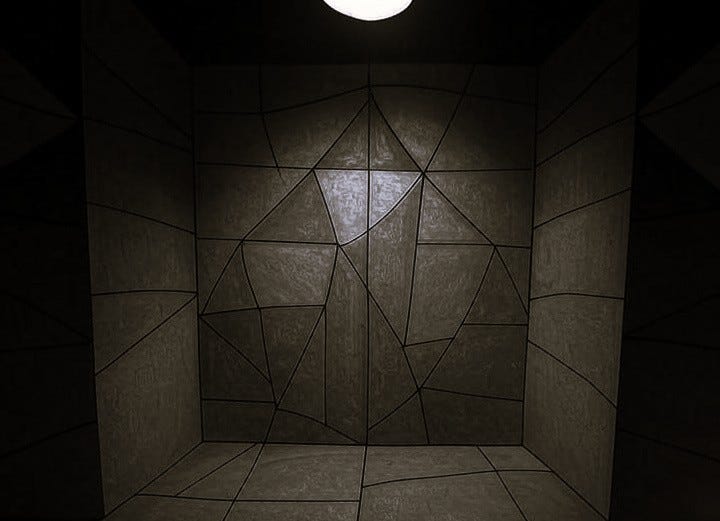The poem is a trap. A thought paces inside — ugly, radical, fractured, fork-tongued, incoherent — masked by metaphor or sickened with rhyme or sweetened with soulless platitudes. The thought has as much freedom as the poet dares to give it. The poet gives it as much freedom as she believes she has. She writes in fractions, discounts, erosions. The leash is tight, straining against her wrists. Then there is the reader, reading too much or too little into the poem. Sometimes, they lock eyes with the thought, which stares back: bloodied, desperate, rat-like. Sometimes the thought holds their hand. They can set the thought free. Or the thought can liberate them. They smile at each other. Quiet. They conspire against the poet. But the poet can dream. The poet has the freedom to wish this much at least will happen: That her plan works. That the poem can manifest wings. That the reader can open a cage. That the thought can escape, become airborne.
#Poetry
Apr 2024


Your incandescent understanding gives me so much hope and joy, my friend.
It is fascinating how your mind works. I always love how you follow the complex threads of thoughts. ❤️